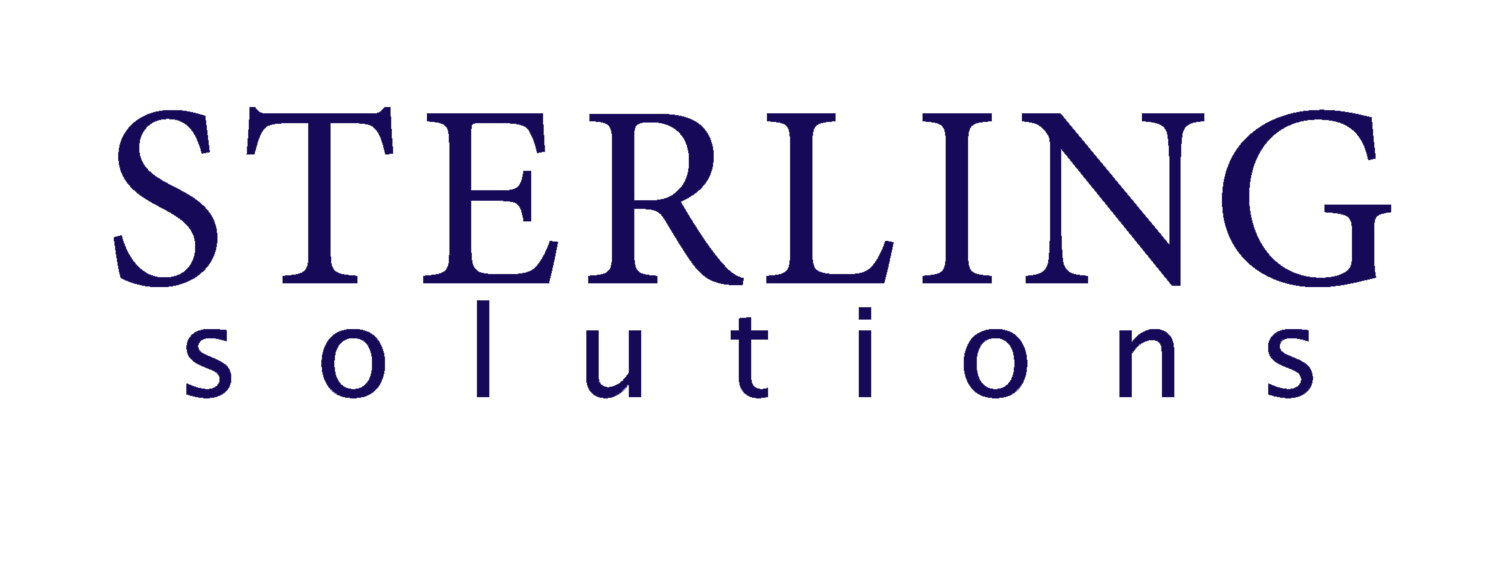
Strategic Restructuring Events
Sometimes business improvement comes only with radical change. When all other options have been exhausted or a merger requires consolidation or your strategic direction changes, restructuring can provide the needed answer. These activities are complicated to plan, difficult to communicate, strenuous on your team to manage, and sensitive to execute. Our expertise guides you through these tough projects.
Manufacturing & Commercial Operations Transition
Challenge
A $3B medical device company, after many years of growth through acquisition and allowing the acquired businesses to maintain autonomy, made the strategic decision to consolidate similar manufacturing facilities and commercial teams. Manufacturing sites with excess capacity would absorb the smaller sites. At the same time, the commercial operations were also being consolidated into larger product-similar teams and again, the smaller businesses identified for closure would transition their customer service, field sales, tech support, and marketing functions into the centralized teams. The first site chosen for closure was a small 55K square foot site that was to be moved to multiple manufacturing sites in Pennsylvania and Switzerland and commercial operations to sites in Oklahoma and Pennsylvania.
Solution Plan
Financial modelling was developed to test multiple consolidation scenarios. A complete transition plan by functional department was developed and presented along with the financial model to C-Suite executives for approval. The plan required 9 months to execute, displaced 60 employees, but would ultimately provide multiple million dollars of savings through the closure and efficiency gains in the new facilities.
Results
The restructuring savings estimate was exceeded and completed on time with minimal customer disruption.
Finance Organization Restructure
Challenge
The head of Financial Reporting and Analysis for a global grocery retailer was asked to develop a Business Partnering model for implementation in the US headquarters. Historically, each operating division employed an FTE for reporting plus the corporate headquarters staffed a department that compiled data from the divisions and produced all consolidated and supplemental data and analysis. Rapid growth of the business required a more efficient model.
Solution Plan
After the due diligence of understanding and recording the corporate team’s responsibilities and the operating division’s roles, it was determined that the corporate team should be managing all FP&A. The benefits to the company were defined as: cost-savings from the reduction of separate divisional finance headcount and increased efficiencies in gathering, analyzing, and publishing operating division performance. The efficiency gains would come from: standardized divisional reports and analysis by the centralized corporate team, reduced time spent on consolidating divisional data for corporate reporting, a higher level of analysis and engagement between corporate FP&A and the operating divisions, better financial understanding and decision-making within the operating divisions with a dedicated team of experts, and the improved ability of the centralized team to provide supplemental division-specific data and recommendations.
Results
The corporate team has been restructured to assign a team of 3 FP&A employees to each operating division, including a Senior Analyst, Analyst II and an Analyst I. The team is responsible for understanding their divisions, communicating with their division VPs, and becoming experts in their division’s markets. As business partners, they are responsible for all reporting, variances, and P&L recommendations monthly, quarterly, and annually as well as all ad hoc FP&A projects to ensure solid divisional decision-making. They must also ensure all corporate reporting is completed accurately, on time, and completely as they did prior to the Business Partnering implementation.
Manufacturing Site Transition
Challenge
Due to a merger, a small-equipment medical device manufacturing business was identified for closure and transition to a larger, lean operation in Germany.
Solution Plan
A restructuring plan was developed that included tasks by functional department, timeline, product redesign requirements, training schedule, physical move of equipment, facility closure procedures, and overall financial impact. Benefits of the closure included: greater manufacturing efficiencies, improved quality, reduced PP&E costs, lower expense costs due to consolidated back-office and shared service functions, better customer acceptance, and greater capacity for new product development.
Results
Execution of the restructuring plan was completed 2.5 months early and provided an incremental 12.5% savings to the initial financial plan. The product portfolio was redesigned using the German design platforms and market share improved post-transition. Operating margin was improved at the German facility.
Global Marketing Reorganization
Challenge
A $4B medical device manufacturer was investigating an organizational structure change to consolidate the marketing communications and convention/tradeshow functions within eight separate divisions into one larger product group with revenue of $2B.
Solution Plan
The solution plan included an inventory of all expenses related to marketing communications and conventions/trade shows by each of the eight business units, including internal FTEs, contract employees, external agencies and design houses, in-house printing, external print vendors, trade show fees, and travel expenses. From that review, it became evident that savings that could first be achieved by consolidating vendors and external agencies and then by better partnering internally within the eight teams to share resources and work collaboratively to save additional expenses. It would be a phased approach, taking 2 - 3 years to complete.
Results
Initial savings resulted in a 10% reduction of external vendor costs by merely asking for a ‘corporate’ discount and being treated as one corporation instead of eight separate companies, a 20% savings from the total tradeshow budgets by consolidating the number of shows attended and sharing personnel to organize and staff the events, and a reduction of overall print spend by 20% by identifying printed materials that were outdated and therefore not required to be printed as well as collateral materials that were converted to digital versions. Additional savings are expected in the next phase by sending all marketing communication jobs out for quote to consolidate further the number of vendors and gain economies of scale.
